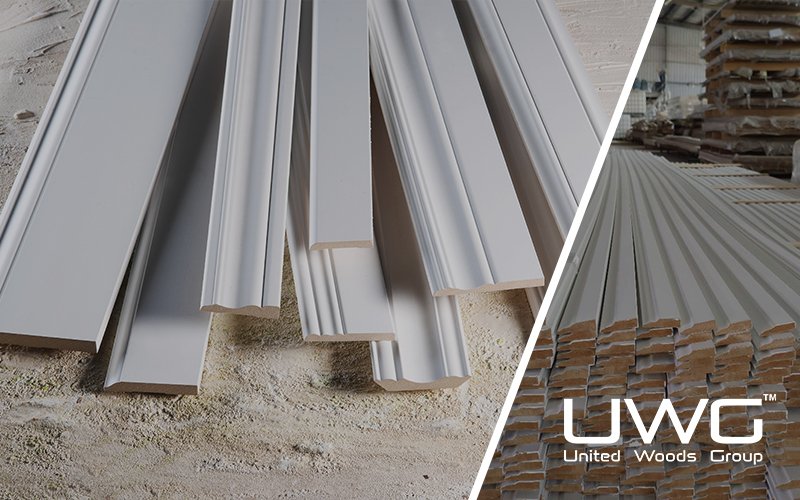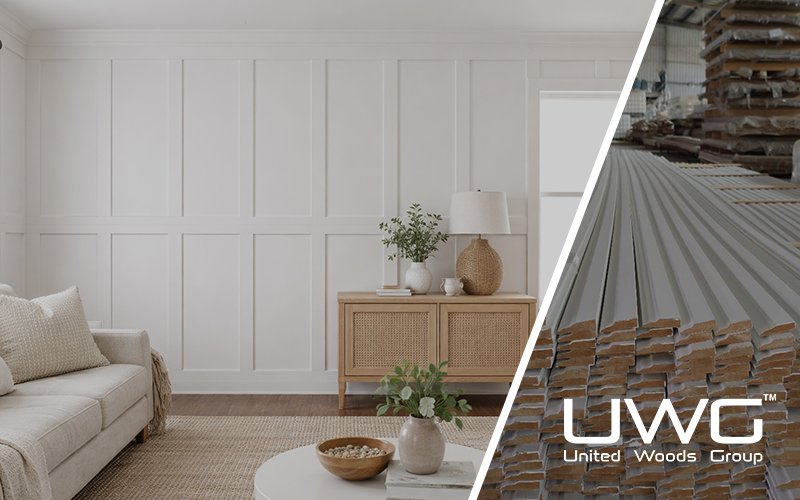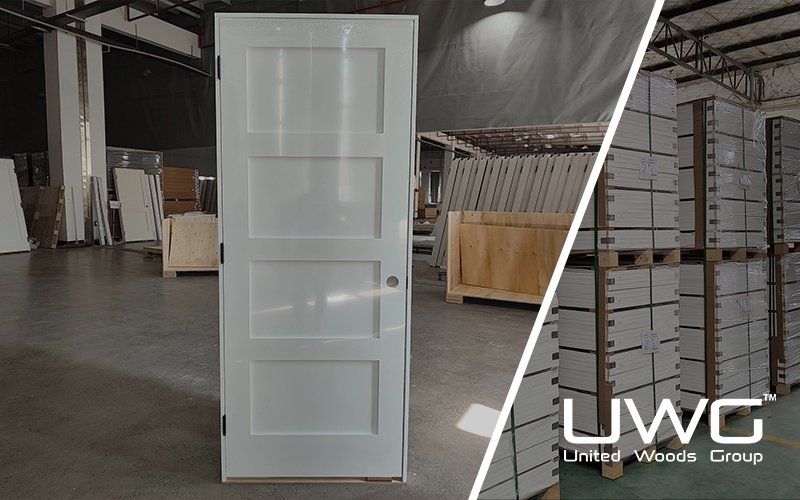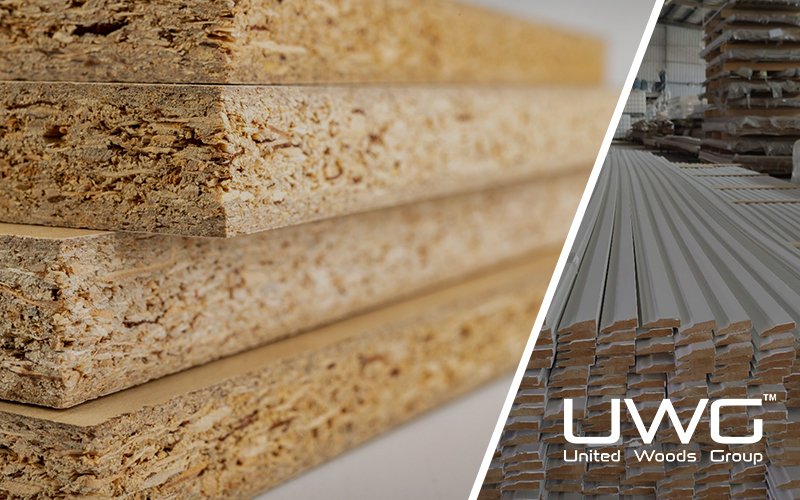When it comes to remodeling projects, cabinet door styles often take center stage. More than just functional elements, cabinet doors set the tone for an entire room’s design, whether in kitchens, bathrooms, or storage spaces. The choice of door style influences not only aesthetics but also how a space feels—sleek and modern, warm and traditional, or balanced and transitional.
From a practical standpoint, cabinet doors also determine long-term usability. Different constructions and finishes impact durability, maintenance, and cost, which are all key considerations during remodeling. Choosing the right style ensures that a renovation is not only visually appealing but also functional and built to last.
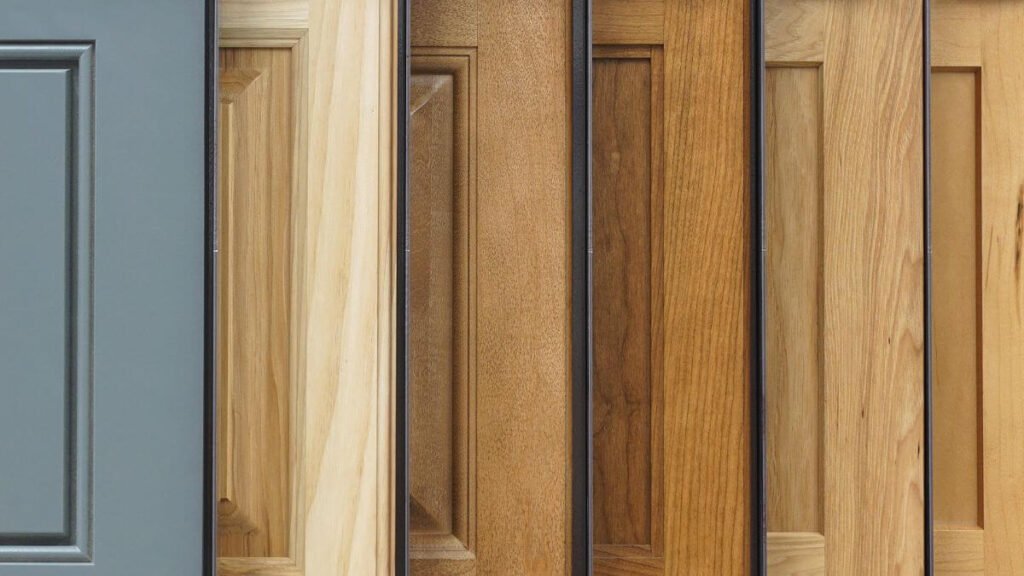
Understanding Cabinet Construction and Common Door Materials
Before exploring door styles, it is important to understand how cabinets are built and what materials are commonly used for doors. Construction methods and material choices directly affect durability, cost, and the overall look of a finished project.
Cabinet Construction Basics
- Framed Cabinets: These feature a face frame attached to the front of the cabinet box. The frame provides strength and allows for multiple door mounting options. This style is common in traditional and transitional projects.
- Frameless Cabinets: Sometimes called “European style,” these cabinets skip the face frame and rely on a thicker box construction. They provide a sleek, modern look with full-access interiors, making them popular in contemporary designs.

Common Cabinet Door Materials
- Solid Wood: Highly durable and visually rich, solid wood doors offer natural grain variation. They are versatile but can be more expensive and sensitive to humidity.
- MDF (Medium Density Fiberboard): Smooth and stable, MDF is ideal for painted finishes. It resists warping better than solid wood, making it a practical choice for cost-effective remodeling.
- Plywood: Stronger than particleboard, plywood doors balance durability and affordability. They are commonly used in mid- to high-range projects.
- Particleboard/Chipboard: An economical option, often covered with veneer or laminate to improve appearance. While less durable than plywood, it works well for budget-sensitive projects.
- Thermofoil and Laminate: These materials use a vinyl or laminate layer applied to MDF or particleboard. They offer a modern, uniform finish, resist stains, and require minimal maintenance, making them ideal for large-scale projects.
Understanding construction and material options helps remodeling professionals select the right balance of cost, durability, and style, ensuring that cabinet doors meet both design and performance expectations.
Popular Cabinet Door Styles Explained
Cabinet door styles shape the overall character of a remodeling project. Each style conveys a distinct look and feel, influencing how homeowners experience the space. Below are the most common styles used in North American projects.
Shaker Doors
Shaker doors remain the most popular style in both residential and commercial projects. Defined by their five-piece construction with a recessed center panel, they balance simplicity and elegance. Their clean lines make them versatile for transitional and modern spaces, while still fitting into traditional settings with the right finish.
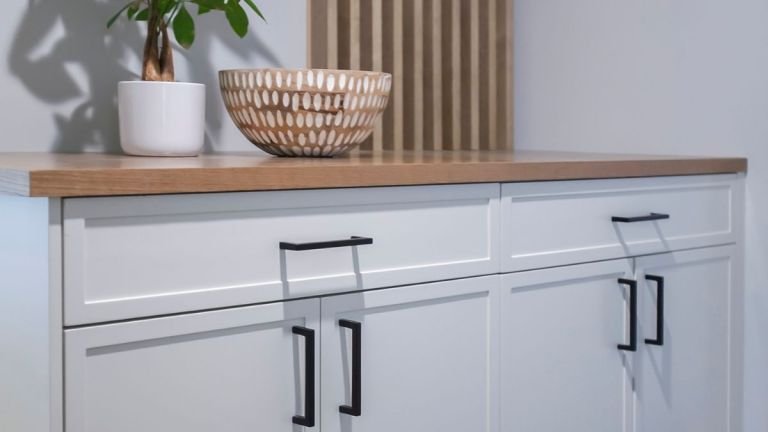
Raised Panel Doors
These doors feature a central panel that is slightly elevated, adding depth and visual interest. Raised panel doors are often associated with traditional or classic interiors. They can be stained to highlight natural wood or painted for a softer look. Builders use them in high-end kitchens and custom homes where craftsmanship is a priority.
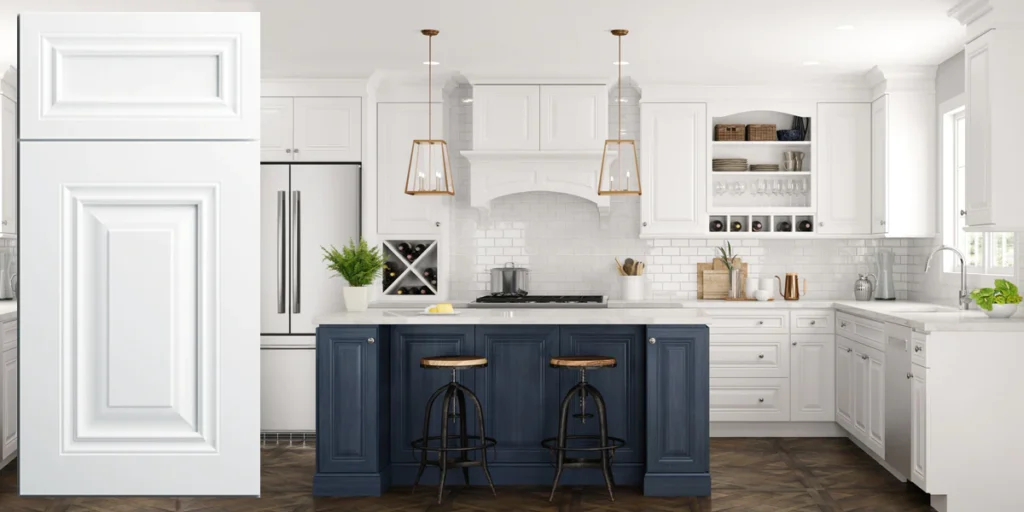
Flat Panel / Slab Doors
Flat panel, or slab doors, are the hallmark of modern design. With no frame or recessed details, they create a sleek, seamless appearance. These doors are often made from MDF, laminate, or veneer, and they fit perfectly into minimalist or contemporary projects.
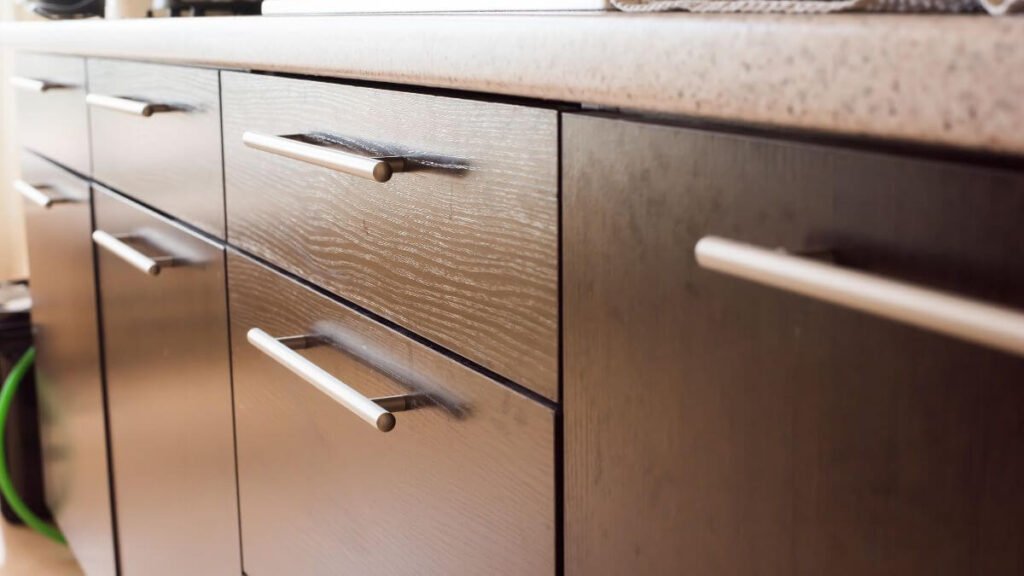
Glass Front Doors
Glass front cabinet doors are used for display purposes or to lighten up a kitchen. Options range from clear glass for showcasing items to frosted or textured glass for subtle privacy. They are especially popular for upper cabinets in kitchens or for feature storage areas.
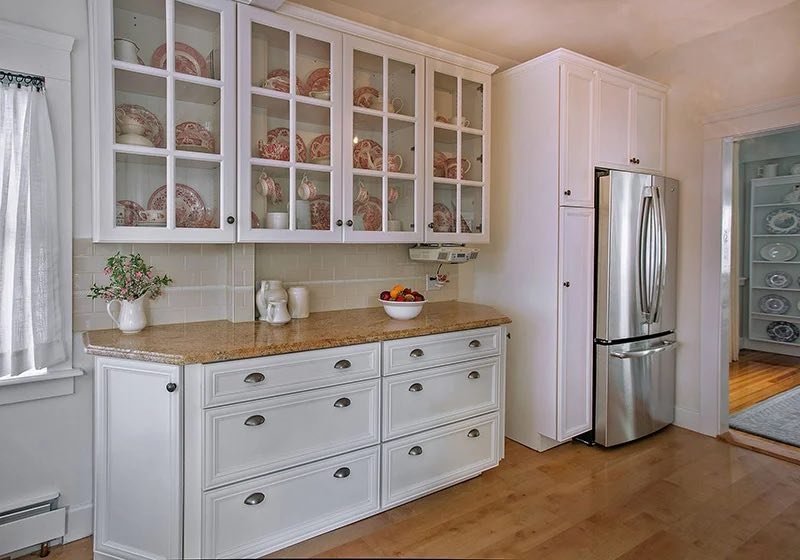
Beadboard Doors
Characterized by vertical grooves running along the panel, beadboard doors bring a cottage, farmhouse, or coastal feel to a space. Typically painted in light colors, they add charm and texture while remaining functional.
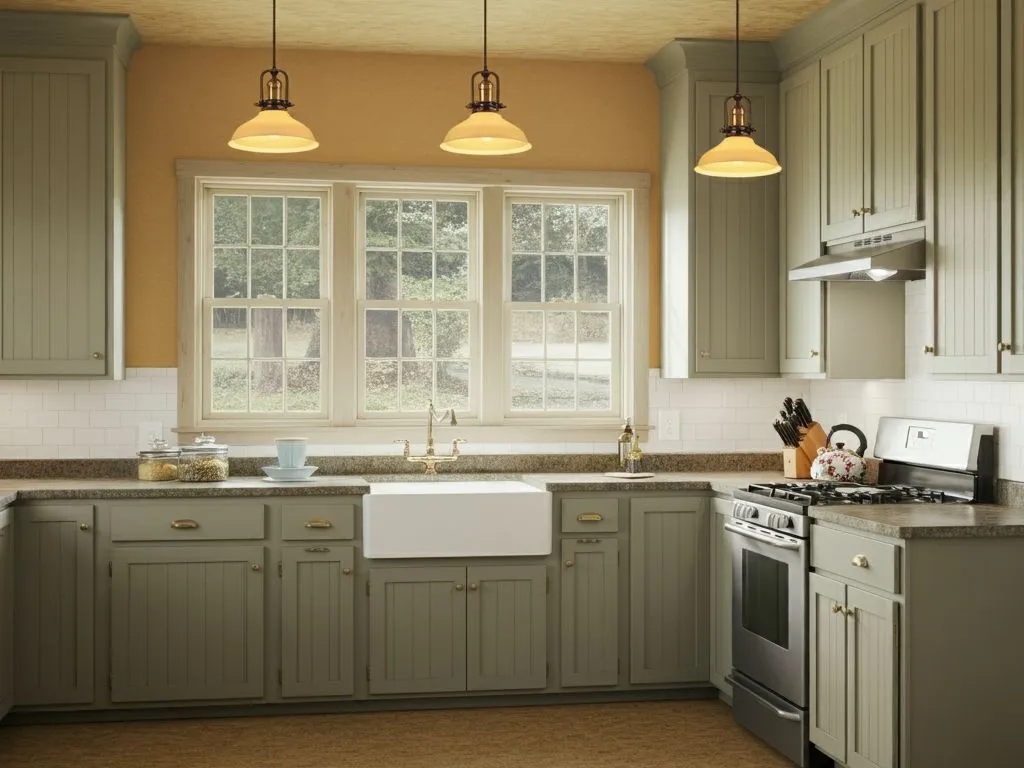
Louvered Doors
With horizontal slats resembling shutters, louvered cabinet doors provide ventilation and a distinctive look. They are commonly used in areas where airflow is beneficial, such as laundry rooms or decorative storage spaces.
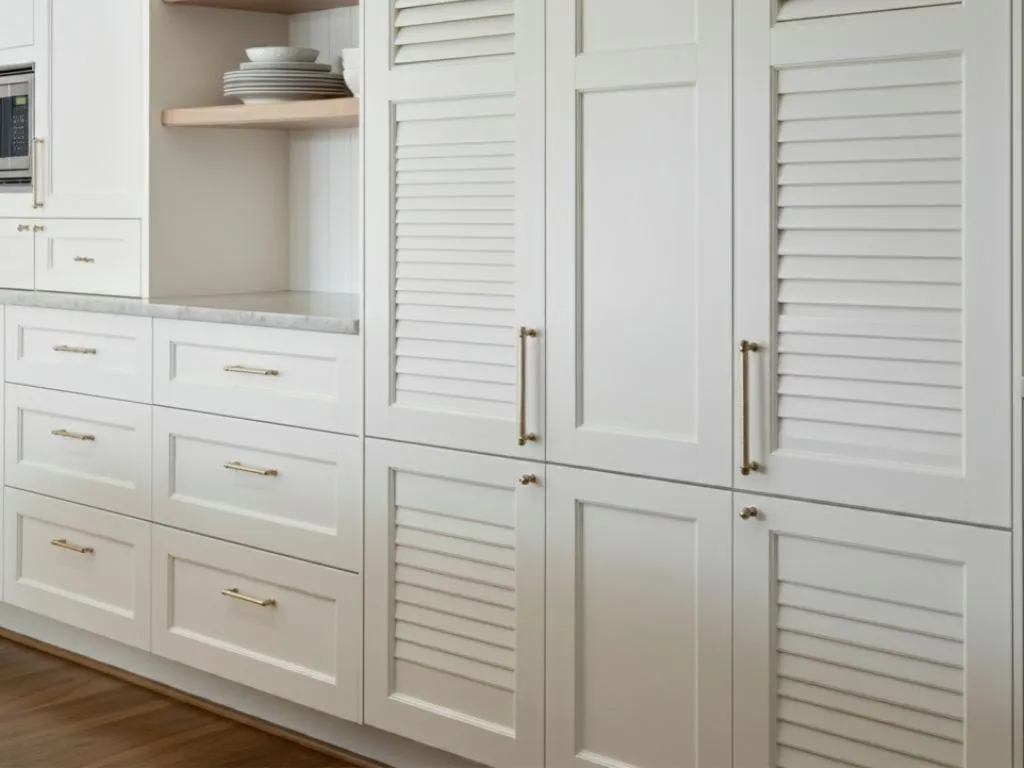
Inset Doors
Inset doors fit flush within the cabinet frame, creating a precise, clean-lined appearance. They require more skill to produce and install, making them a premium choice. Inset styles are favored in luxury builds or projects that demand refined craftsmanship.
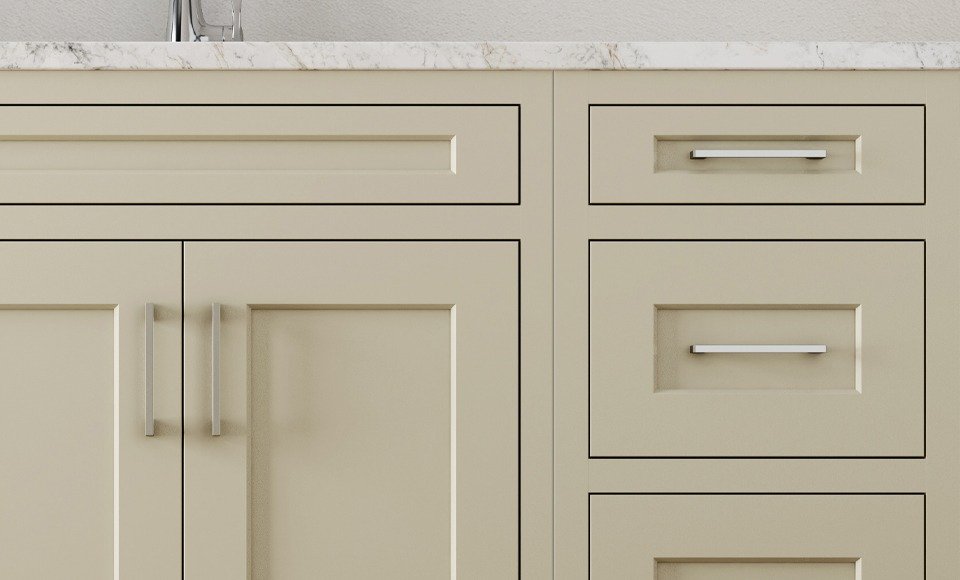
Distressed & Specialty Styles
Distressed doors are designed with a weathered or aged look, often used in rustic or vintage-inspired interiors. Specialty styles may include custom carvings, unique finishes, or mixed materials. These doors provide personality and help differentiate high-end projects.
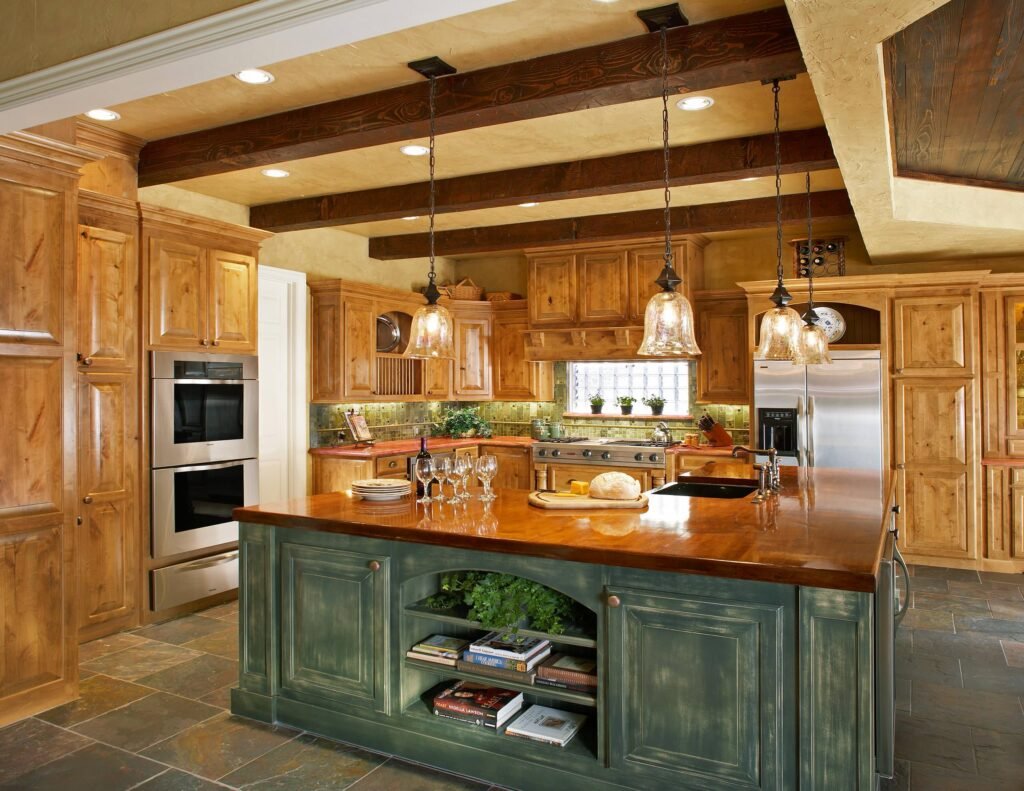
By offering a wide range of styles, builders and wholesalers can meet diverse client expectations—from the simplicity of modern designs to the richness of traditional craftsmanship.
Hardware and Accessories
While cabinet doors define the overall style, hardware and accessories complete the design and enhance functionality. The right choices can elevate a project from standard to high-end, offering both aesthetic appeal and long-term usability.
Handles and Pulls
Hardware is often the most noticeable accent on cabinet doors.
- Knobs: Small and versatile, suitable for both drawers and doors, often used in traditional or transitional spaces.
- Bar Pulls: Sleek and elongated, popular in modern and contemporary projects.
- Cup Pulls: Semi-circular design, ideal for farmhouse or rustic kitchens.
Finishes such as brushed nickel, matte black, chrome, or brass help tie the hardware to the overall design theme.
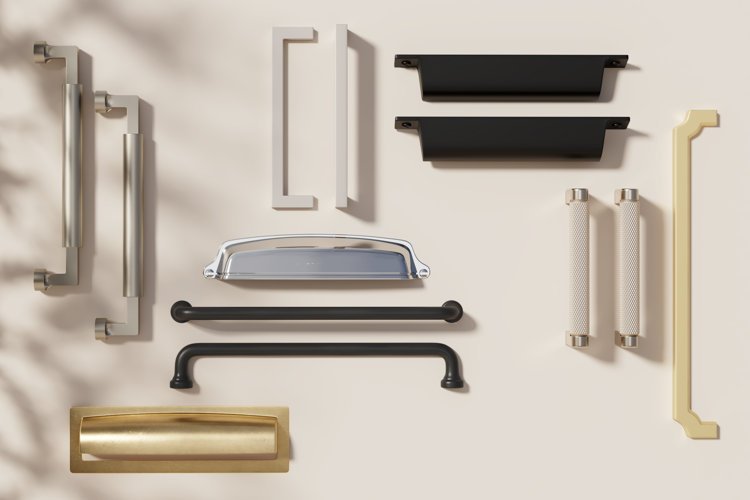
Hinges
Hinges determine how doors open and close, and they affect both function and appearance.
- Concealed Hinges: Hidden from view, they create a clean, seamless look and are common in modern projects.
- Exposed Hinges: Visible when the door is closed, they add character and are often used in traditional or vintage-inspired designs.
- Soft-Close Hinges: Increasingly popular, they prevent slamming and extend the life of both doors and frames.
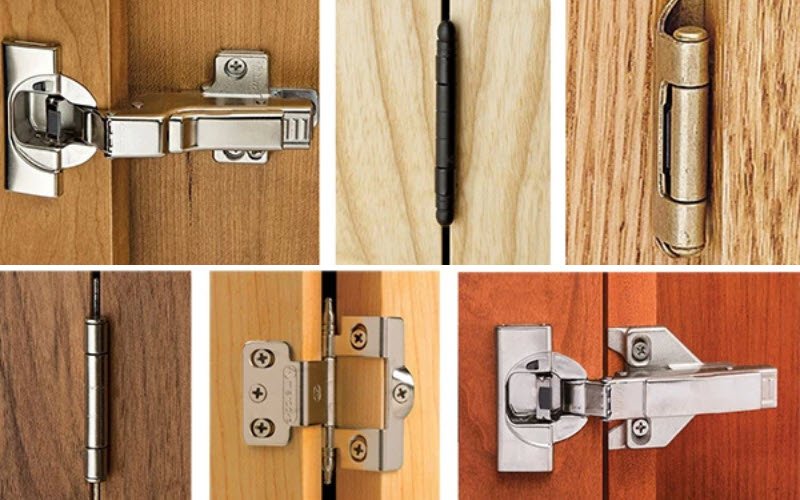
Drawer Slides
Quality drawer slides are essential for user experience.
- Standard Slides: A cost-effective choice for basic functionality.
- Soft-Close Slides: Provide smooth, quiet operation and are highly desirable in premium projects.
- Full-Extension Slides: Allow complete access to drawer contents, improving usability.
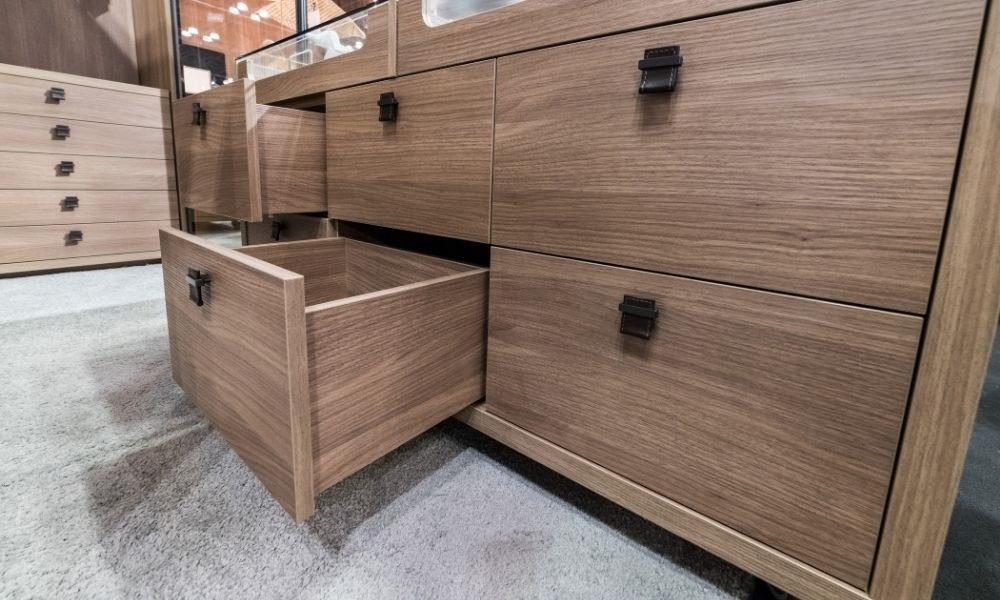
Additional Accessories
Accessories enhance storage and efficiency:
- Pull-Out Trays: Improve access to deep cabinets.
- Lazy Susans: Optimize corner cabinet storage.
- Built-In Organizers: Keep utensils, spices, or cleaning supplies neatly arranged.
Professional Tips for Builders and Wholesalers
- Standardize hardware and accessories across popular cabinet styles to simplify ordering and installation.
- Stock finishes that match market demand, such as brushed nickel and matte black, which work across multiple design themes.
- Offer bundled packages (doors + hardware + accessories) to streamline procurement for builders and add value for wholesalers.
By combining the right hardware and accessories with well-chosen door styles, professionals can deliver cabinetry that not only looks great but also performs exceptionally in everyday use.
How to Choose the Right Cabinet Door Style
With so many options available, selecting the right cabinet door style can feel overwhelming. For remodeling projects, the key is to balance design goals, budget, and functionality.
Match the Project Design
- Modern Projects: Favor flat panel or slab doors with minimal hardware for a clean, seamless look.
- Transitional Spaces: Shaker doors work best, offering flexibility to blend modern simplicity with classic details.
- Traditional Homes: Raised panel or beadboard doors provide timeless character and decorative depth.
Consider Budget and Timeline
- For cost-sensitive projects, MDF or laminate slab doors offer an affordable yet stylish solution.
- For mid-range projects, plywood or painted shaker doors strike a balance between quality and price.
- For luxury projects, inset or custom specialty doors deliver premium aesthetics and craftsmanship.
Evaluate Durability and Maintenance
- In high-traffic kitchens, durable materials like plywood or thermofoil are ideal for resisting wear and tear.
- Painted MDF is smooth and stylish but may require more careful upkeep.
- Solid wood delivers natural beauty but can expand or contract with humidity changes.
Wholesaler Considerations
Wholesalers must also think about inventory planning:
- Keep core bestsellers (Shaker, Flat Panel) in stock, as these meet most market demands.
- Offer select premium options (Inset, Glass Front) to support builders targeting high-end projects.
- Ensure hardware finishes align with door style offerings to create cohesive product packages.
By weighing these factors, builders can choose styles that elevate their projects, while wholesalers can structure inventory to serve a wide range of customers without overextending stock.
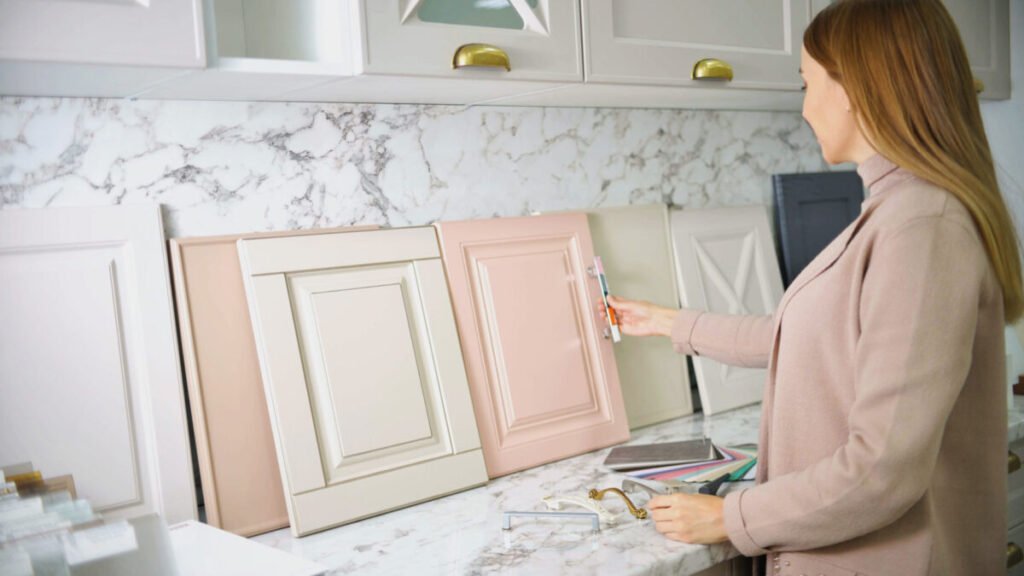
Conclusion
Cabinet door styles are more than a matter of appearance—they define the character, value, and functionality of any remodeling project. By understanding cabinet construction, door materials, style options, and the role of hardware and accessories, professionals can make informed decisions that satisfy both design and performance needs.
For builders, the right cabinet door style can elevate a project, increase buyer satisfaction, and improve overall marketability. For wholesalers, curating a product mix that balances popular, cost-effective styles with select premium options ensures broader customer appeal and stronger business partnerships.
Ultimately, the strength of cabinet door styles lies in their ability to balance aesthetics with practicality. Choosing styles that are versatile, durable, and aligned with market trends positions both builders and wholesalers for long-term success in a competitive industry.



